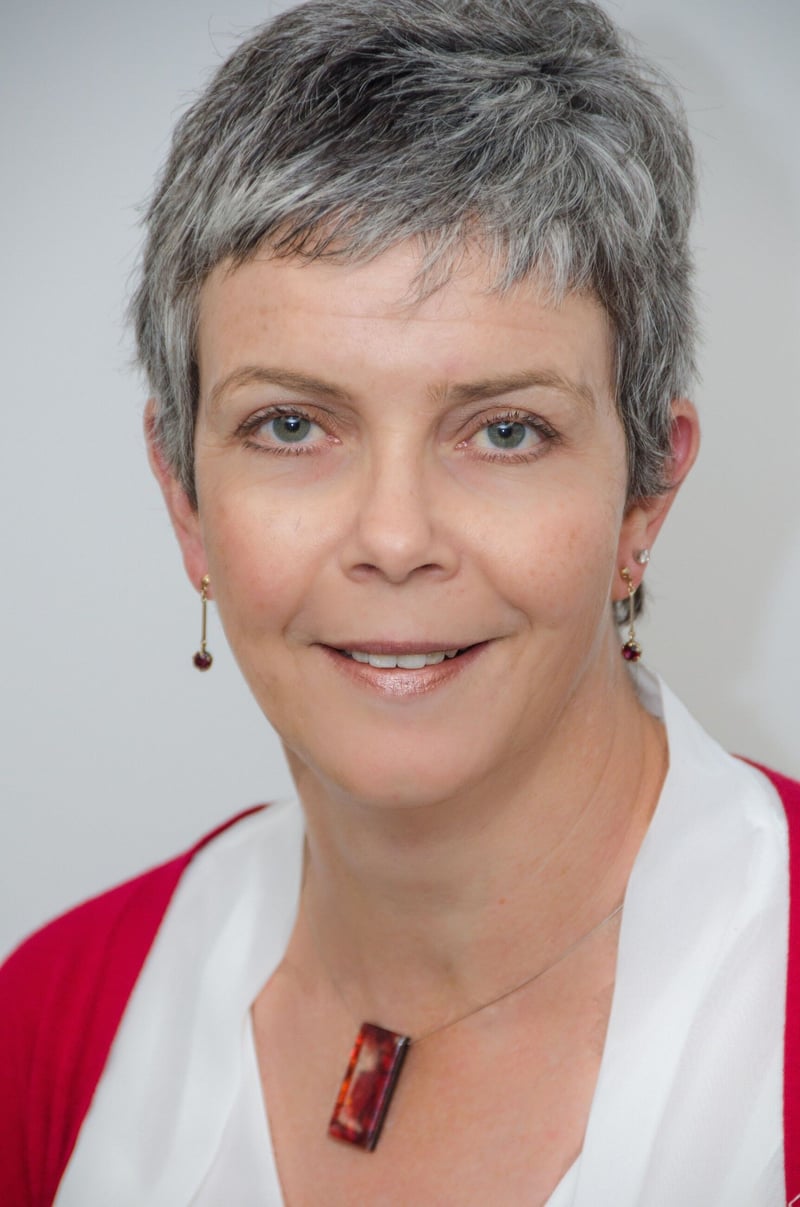What’s potting with retirement funds?
Written by: Natasha Huggett-Henchie Save to Instapaper
By now you’ve probably heard that as of 1 September this year, National Treasury is introducing changes to the rules around accessing your retirement funds, known as the two-pot system. But what are these pots, why are there three pots in a two-pot system and what does this all mean for you?
Natasha Huggett Henchie, Principle Consultant at financial advisory firm NMG Benefits, breaks it down for us:
First, it helps to understand why the system is changing. The current system allows you to cash in your company retirement funds when you change jobs, and many people do this, which means that when it’s time to retire, they don’t have nearly enough money for their retirement. The aim of the two-pot system, therefore, is to prevent this, while still giving people access to a portion of their funds for emergencies.
In essence, instead of all retirement savings going into one place, or “pot”, the retirement savings will be split into two different “pots”, each with different rules for when and how the funds can be accessed.
Who is eligible to participate?
By law, almost all members of registered retirement funds must participate in the two-pot system, but there are some exceptions. The two-pot system will apply to you unless you are a pensioner, a member of an unclaimed benefit fund, or a member of a beneficiary fund.
Also, if you are a member of a provident fund and you were over the age of 55 on 1 March 2021, and you are still a member of the same provident fund, then you will automatically not be part of the system. However, you have a choice to opt into the two-pot system if you so choose – but you must decide by the end of August 2025 if you want to opt in.
What do the different pots mean?
The two main “pots” are the savings pot and the retirement pot. The easiest one to understand is your retirement pot – from 1 September this year, two-thirds of your retirement contributions will go into the retirement pot, and you won’t be able to access those funds until retirement age. And even when you do retire, you can’t withdraw it as cash – it has to be used to buy a retirement product (unless the balance is less then R165,000).
The other third of your contributions will go into your savings pot – which you can withdraw from once every tax year. For the first year of implementation, and additional 10% of your current savings will be transferred to this pot – up to a maximum of R30,000. This is known as the initial “seeding”.
Lastly, there is a third pot – your vested pot which is all the money you have saved up until 31 August 2024 (less your seeding amount transferred to you savings pot).
It is possible to move funds from your savings pot or your vested pot into your retirement pot, but then that money cannot be moved out again.
Remember that while it’s tempting to access the money in your savings pot to help settle your debt, this can set you up for a vicious debt cycle. If you can avoid withdrawing that money, you should, so try to think of it as an emergency fund only.
How will I be charged for withdrawals?
There is a fee for withdrawing from your savings pot. Some providers are charging a flat fee and other providers a percentage of the amount you withdraw (possibly with some minimum and maximum amounts). And you will also be taxed on that withdrawal at your marginal tax rate, which is based on your gross annual income and the income tax table.
Where can I learn more about the system?
If you are a member of NMG, you can make use of our WhatsApp service to see your savings pot balance, check if you qualify for a withdrawal, learn about the two-pot system, and be guided through the withdrawal process step-by-step.
Get new press articles by email
We’re ByDesign. Officially, we’re a full-service communications, content, public relations and digital firm categorised under the marketing, advertising and communication research industry. In real life, we’re a team of communicators who’re passionate about what we do, and love to have some fun along the way.
Latest from
- When grief feels heavy, movement can lift you
- Strength + stamina - your guide to crushing HYROX race day
- Nkateko Shilowa - craft, conviction, and playing the long game
- King Price Xtreme mountain biker Jaedon Terlow - Nerves are natural
- The highs and lows of navigating a career in entertainment, and how institutions can help
- Youth employment Service (YES) launches national youth entrepreneurship initiative
- South African private sector led youth employment model gains global recognition
- Tinkz - Building a brand in South Africa’s toughest booths
- King Price Xtreme - Where sports sponsorship meets hope
- Kimberly Field - Nurturing the next generation of artists and audio professionals
- Power disruptions hit construction where it hurts most
- Your 5 senses are the safety equipment you didn’t know you needed
- Confidence is your best co-driver
- Basic car service tips you need to know to take control of your car
- Nirvana Nokwe - Reclaiming the magic of music, screen, and community
The Pulse Latest Articles
- Education Is The Frontline Of Inequality, Business Must Show Up (December 11, 2025)
- When The Purple Profile Pictures Fade, The Real Work Begins (December 11, 2025)
- Dear Santa, Please Skip The Socks This Year (December 10, 2025)
- Brandtech+ Has 100 Global Creative Roles For South African Talent (December 9, 2025)
- The Woman Behind Bertie: Michelle’s Journey To Cape Town’s Beloved Mobile Café (December 9, 2025)
